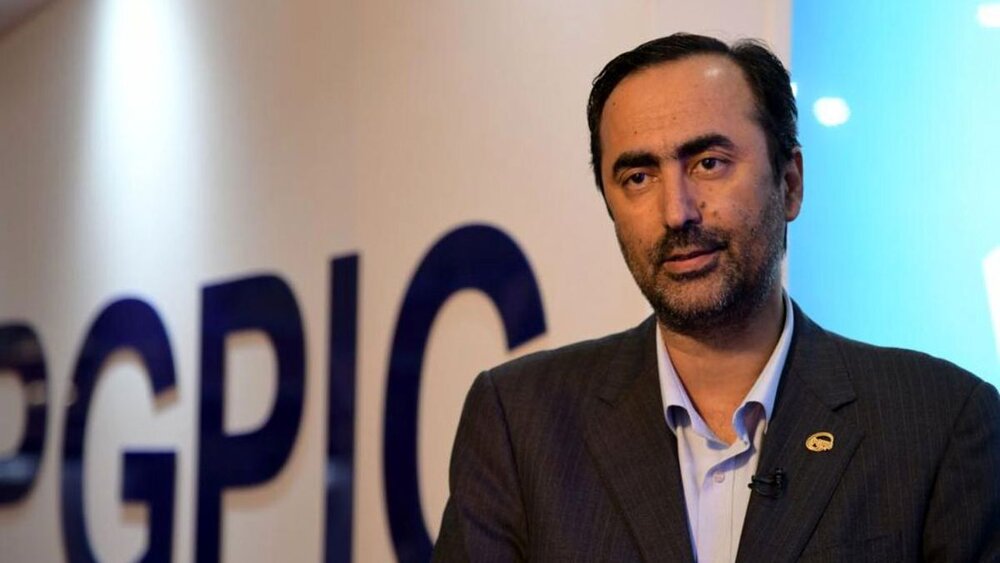PGPIC to begin construction of 2 mega petchem complexes by late Mar.

TEHRAN – Managing Director of Iran’s Persian Gulf Petrochemical Industries Company (PGPIC) has said that the projects for constructing two major petrochemical complexes worth over $7 billion will be started by the end of the current Iranian calendar year (March 20).
“Preparations have been carried out by Persian Gulf Petrochemical Industries Company for the ground-breaking of the projects for construction of Hormoz and Mahshahr petrochemical complexes in Assaluyeh and Mahshahr [in southwest of Iran]” Jafar Rabiei said.
The $4.5-billion Hormoz project will receive a combination of ethane and butane feed that will be supplied from South Pars field, the official said, adding: “The necessary licenses have been obtained from the Oil Ministry and hopefully the project will be commenced by the end of the year.”
He further pointed out that the feedstock for Mahshahr Petrochemical Complex is going to be supplied from Persian Gulf Bid Boland Refinery surplus feed.
About $2.5 billion has been invested in Mahshahr Petrochemical project, he added.
The petrochemical industry plays a crucial role in Iran’s non-oil economy, as the petrochemical export is the second-largest source of revenue for the country after crude oil. Petrochemical exports already constitute nearly 33 percent of the country’s non-oil exports.
According to Iranian Oil Minister Bijan Namdar Zanganeh, the country is currently producing nearly 70 million tons of petrochemical products annually.
Back in August 2020, Zanganeh had announced that 27 petrochemical projects worth $17 billion will go operational across the country by March 20, 2021.
By the end of the year, the country's petrochemical production capacity will be increased by 25 million tons per year, the minister had stated.
"One of the most important tasks of the petrochemical industry is to prevent the sale of raw materials by completing the value chain in the oil and gas industry, as well as supplying downstream feedstock for the domestic industries while preventing more than $5 billion in foreign currency from leaving the country annually."
EF/MA
